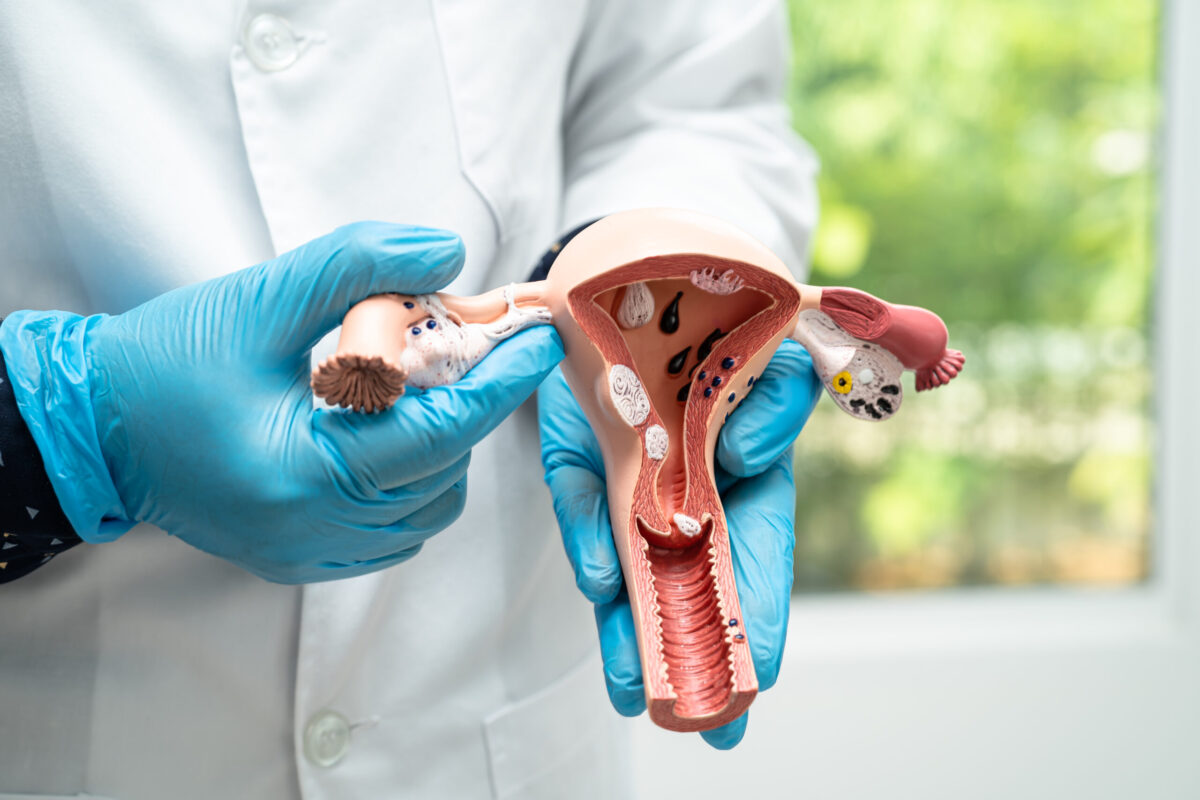
Human papillomavirus (HPV) remains one of the most prevalent sexually transmitted infections globally, affecting hundreds of millions of individuals and contributing to various cancers. Recent research conducted by Semmelweis University in Hungary sheds new light on the relationship between cervical HPV infections and the heightened risk of oral HPV infection, which can significantly increase the likelihood of developing oropharyngeal cancers. This article explores the findings of this pivotal study, the implications for women’s health, and the importance of preventive measures such as vaccination and regular screening.
Understanding the Link Between Cervical HPV and Oral HPV
Human papillomavirus, especially types associated with high-risk cancers, can infect areas beyond the reproductive tract. While cervical HPV infection is well-known for its role in causing cervical cancer, recent studies from Semmelweis University reveal that women with cervical HPV are more than twice as likely to also harbor HPV in their mouths. The research, published in the Journal of Dental Research, analyzed over 5,000 women across five continents, uncovering a significant correlation between cervical HPV positivity and oral HPV presence.
This connection underscores the importance of viewing HPV infections as a systemic issue rather than isolated occurrences. Since HPV persists silently in many cases, women with cervical infections should be aware of their elevated risk for oral infections, which are often asymptomatic until cancer develops.
The Study’s Key Findings
- Women with cervical HPV are more than twice as likely to carry HPV in their mouth (13%) compared to women without cervical HPV (4%).
- Persistent or abnormal cytology in the cervix coupled with HPV presence indicates a higher chance of oral HPV infection.
- The risk of oral HPV infection increases with the duration and severity of cervical HPV infections.
- While cervical screening programs have successfully reduced cervical cancer rates, HPV-related cancers in the mouth and throat are on the rise globally.
The Broader Implications for Women and Men
The findings point to a pressing public health concern. Women diagnosed with cervical HPV may unknowingly harbor the virus in their oral cavity, which can be transmitted through oral sex. Men, in turn, are at an even higher risk of developing HPV-related oropharyngeal cancers—with rates that are four times higher than in women—which underscores the importance of considering both genders in preventive strategies.
Transmission and Risk Factors
HPV transmits primarily through sexual contact, including oral sex, where the virus can travel from the genital region to the mouth. Factors that influence transmission include the length and severity of cervical infection, the presence of abnormal cytology, and the viral load. Because most HPV infections are asymptomatic, routine screening is critical for early detection and intervention.
Prevention and Vaccination Strategies
Given the silent progression of HPV infections, vaccination remains the most effective preventative measure. The HPV vaccine, approved since 2006, offers up to 90% protection against the virus types most commonly linked to cancers. The latest developments include expanded vaccine coverage against additional high-risk HPV strains responsible for oropharyngeal and head and neck cancers.
However, vaccination rates worldwide remain suboptimal. As Dr. Nándor Ács from Semmelweis University emphasizes, increasing vaccine uptake, especially among young women, is vital for reducing both cervical and oral HPV infections. Public health campaigns should focus on raising awareness about the connection between genital and oral HPV, promoting vaccination, and reinforcing the importance of regular screening.
Importance of Regular Screening and Monitoring
Although cervical cancer screening programs such as Pap smears and HPV tests have successfully decreased the incidence of cervical cancer in high-income countries, there is currently no standardized screening for oral HPV or associated cancers. The absence of validated tests for oral HPV complicates early detection, making targeted monitoring of high-risk groups essential.
Women with persistent cervical HPV infections or abnormal cytology could benefit from closer oral health monitoring through referrals to ENT specialists or dentists. Future innovations in oral HPV testing could help identify infections before progression to malignancy, prompting earlier interventions.
The Role of Education and Public Awareness
Raising awareness about the risks associated with HPV, including the potential for oral cancer, is crucial. Educational campaigns should emphasize that HPV is not just a concern for reproductive health but also a significant factor in the development of cancers in the head and neck region.
Additionally, understanding the protective benefits of vaccination and the importance of regular screenings can empower women and men to take proactive steps in safeguarding their health.
Conclusion: Taking Action Against HPV-Related Cancers
The research from Semmelweis University highlights a critical aspect of HPV-related cancer risk that warrants greater attention from healthcare providers and the public alike. Women with cervical HPV infections should be aware of their increased vulnerability to oral HPV, which can lead to serious health consequences if left unchecked.
Implementing comprehensive prevention strategies—including vaccination, regular screening, and oral health monitoring—can significantly reduce the burden of HPV-related cancers. Healthcare practitioners should educate patients on this connection and advocate for vaccination as a primary preventive tool.
For individuals and healthcare organizations seeking to enhance HPV prevention efforts, exploring advanced vaccination programs and advocating for research into oral HPV screening methods are essential steps. Together, these measures can help reduce the incidence of HPV-related cancers and improve long-term health outcomes.

